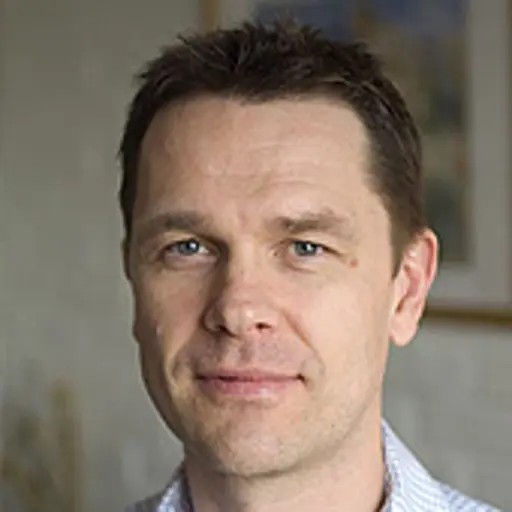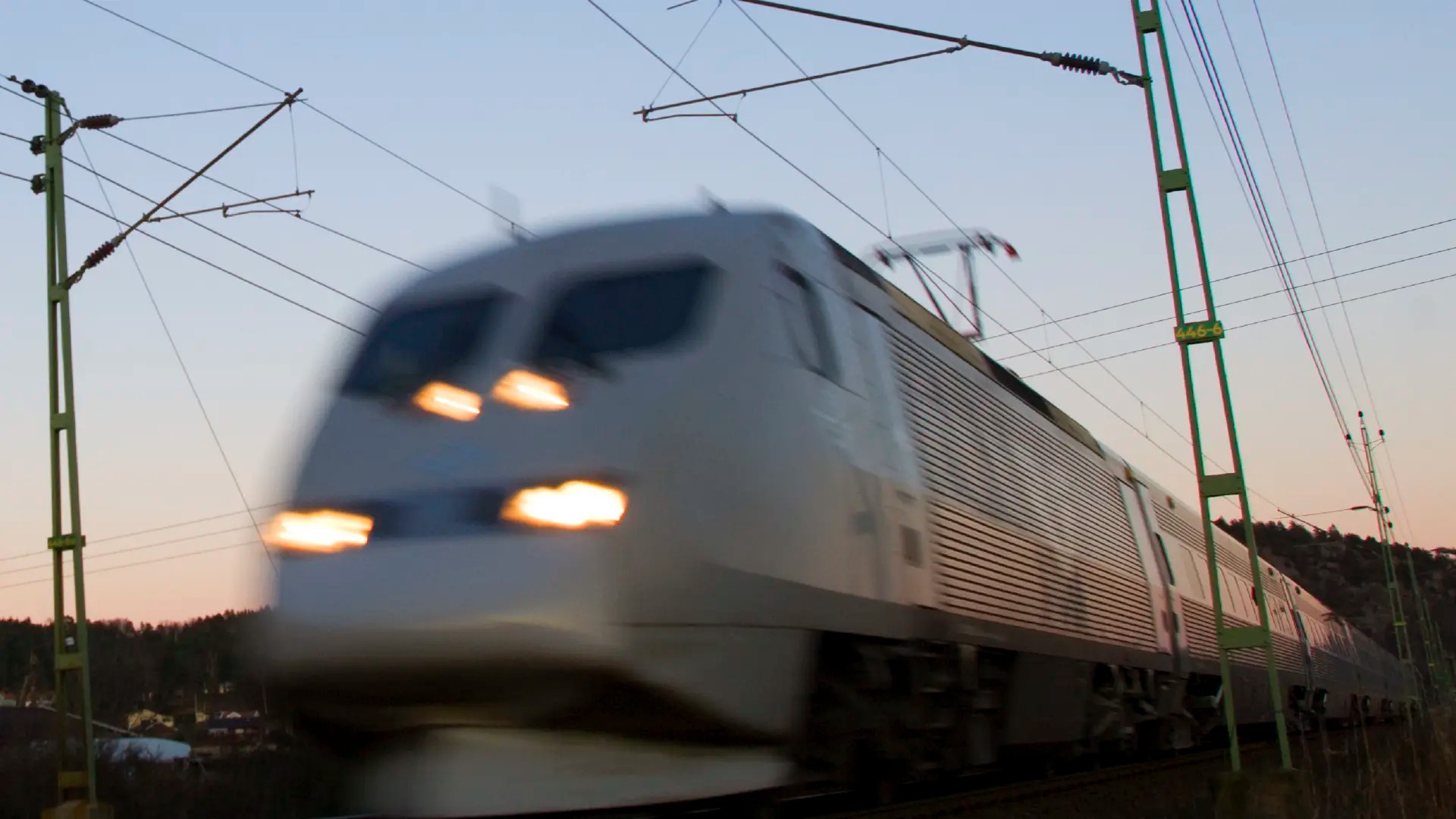
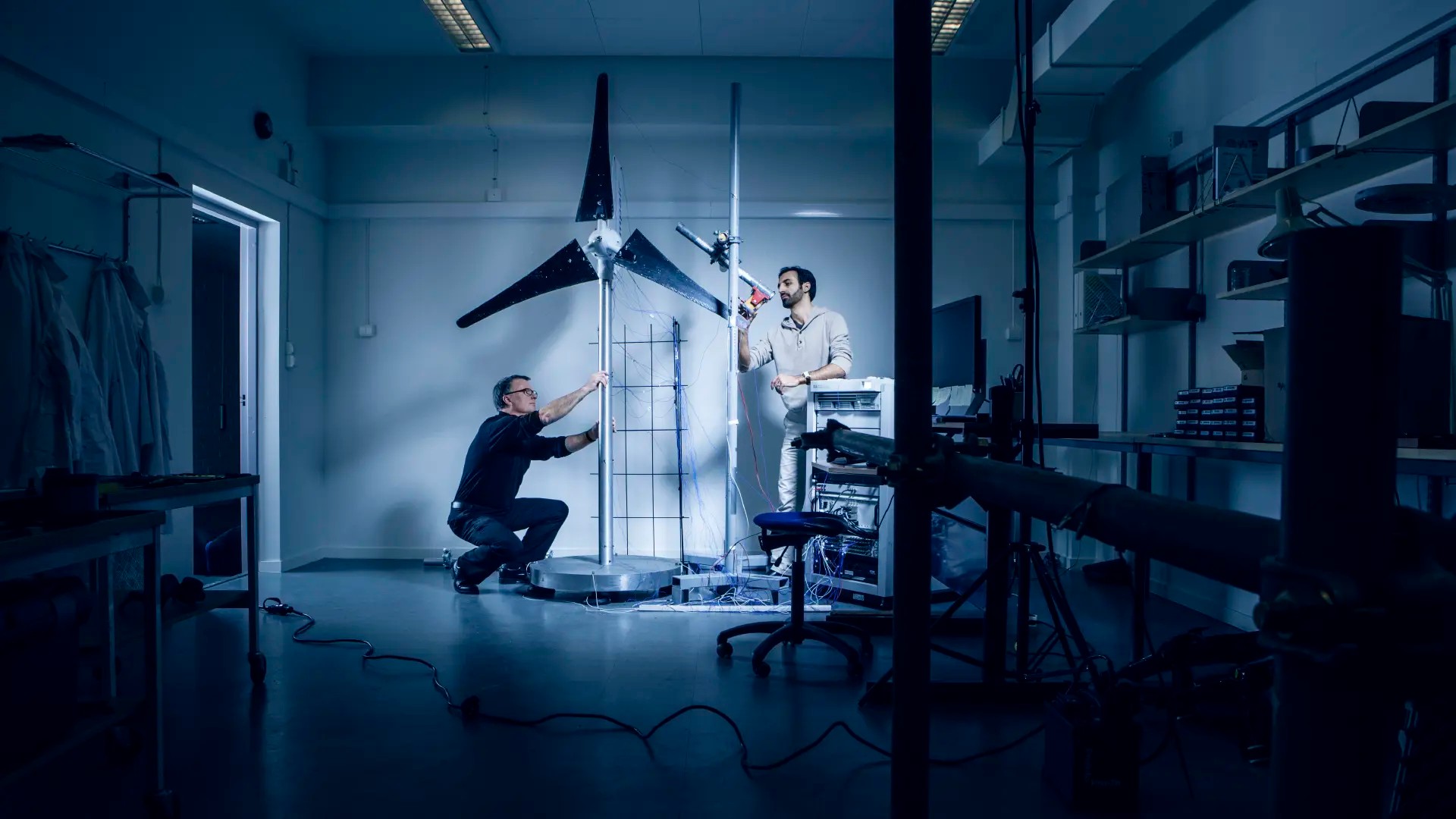
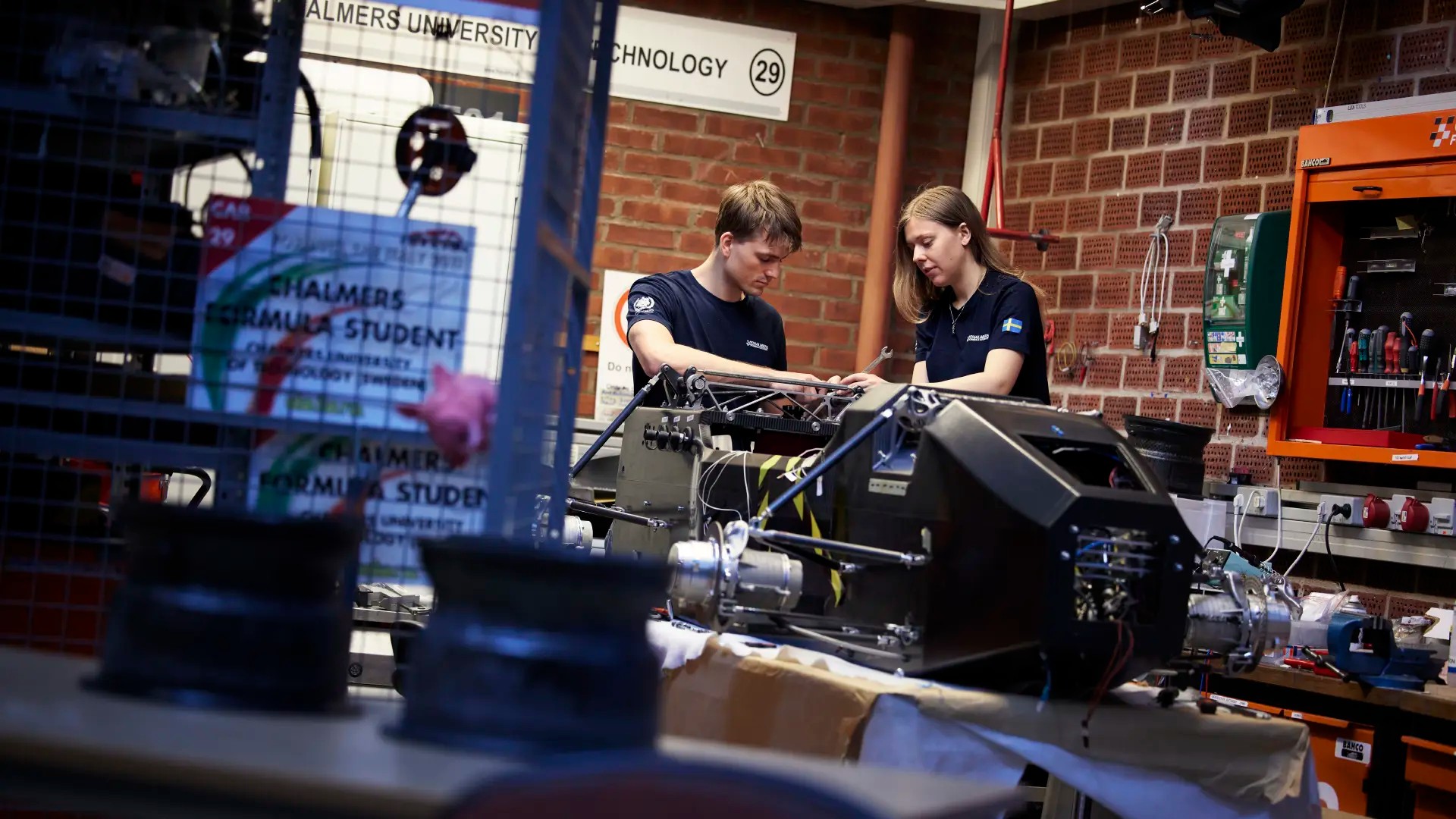
With our research, we try to solve a number of dynamic challenges. It can be about various vibration problems but also problems linked to fatigue, abrasion, contact mechanics, wave propagation, optimization and smart materials. Within the framework of the CHARMEC competence centre, the department's railway research has enabled improvements in the performance and reliability of both trains and tracks.
One of the Nordic region's largest and broadest operations within solid dynamics
The division’s activities within solid dynamics are among the most extensive in the Nordic countries. The research is directed towards various solid dynamic problems, especially vibrational problems but also other fields such as fatigue, wear, contact mechanics, wave propagation, optimization or smart materials. These effects are important to study as different dynamical aspects, e.g. vibrations, appear in all structures in motion. Dynamical problems arise on different levels, such as unwanted vibrations in high precision devices, shaking and noise from machines as well as failures due to materials fatigue in long-term dynamic processes.
The research goes all the way from basic research to applied projects, and although the main focus is towards theoretical modelling, including numerical methods, experimental activities also occur. Experiments are performed at the division's laboratory space Vibrations and Smart Structures Lab and through field measurements.
Cooperation with industry
A large part of the division's applied research takes place within the framework of the competence center CHARMEC (Chalmers Railway Mechanics). The research is carried out in close collaboration with industry and deals with a variety of railway-related problems such as running dynamics for trains, ground vibrations and sleeper optimization. The research has enabled improvements in the performance and reliability of both trains and tracks.
The division is active in undergraduate education with courses in mechanics and strength theory. We are involved in courses within a range of civil engineering and higher education engineering programs, with an emphasis on foundational courses in the first year of the programs. Continuing courses are given in mechanics, finite element method (FEM) and structural dynamics, above all within the international master's program Applied Mechanics.
Employees at the Division of Dynamics
Our research areas
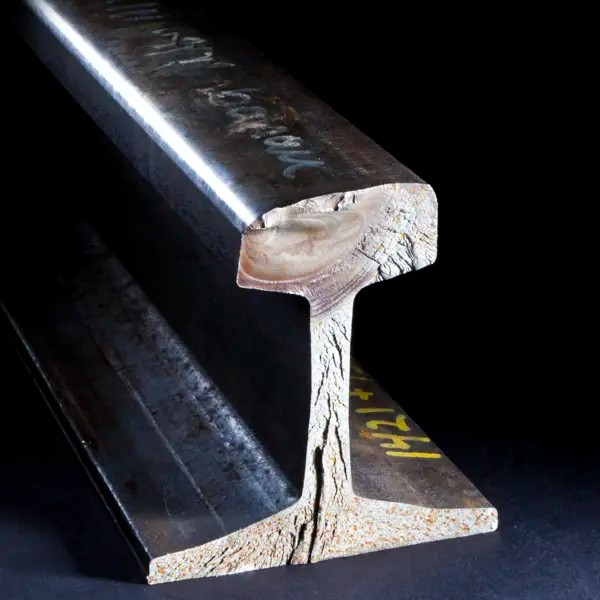
Railway Dynamics
The research area Railway Mechanics is the core of the competence center CHARMEC whose research focuses on the mechanical interaction between components in trains and tracks. Among other things, the research provides the industry with new, more cost-effective and robust solutions and more affordable rail transport and higher operational reliability for passengers and freight traffic.
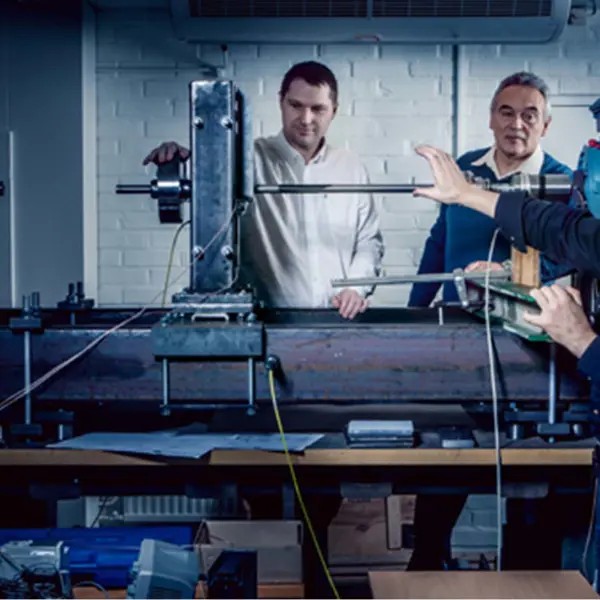
Mechanical Systems
Within the research area of Mechanical Systems, basic and applied research is conducted to analyze, model, characterize and optimally design innovative components and systems. Components and systems with the ability to provide built-in actuation, "precision motion control" functions, power-self-supplying properties, self-diagnostic properties, and self-healing properties, while at the same time fulfilling increasingly strict design requirements on vehicles, machines and mechanisms.
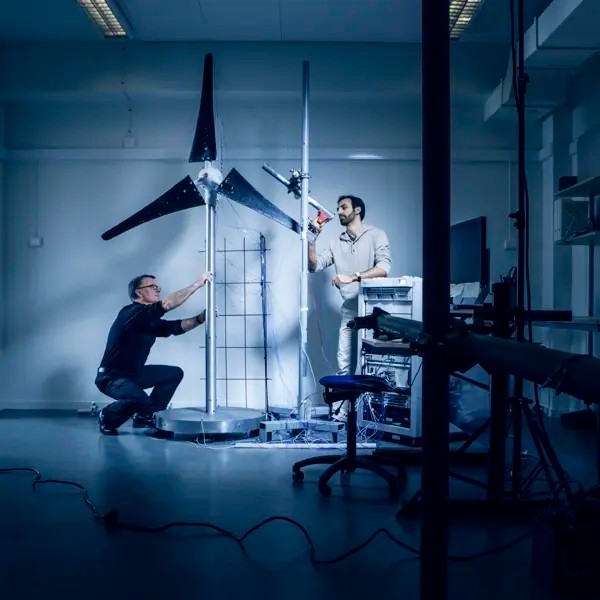
Structural Dynamics
Research within Structural Dynamics is primarily conducted in three fields: inverse dynamics, stochastic mechanics and dynamic simulation. The group uses a mixture of theoretical and experimental methods. Research in wave propagation is also conducted within the field, with applications in the nuclear power industry as well as in the car and wind power industry.
